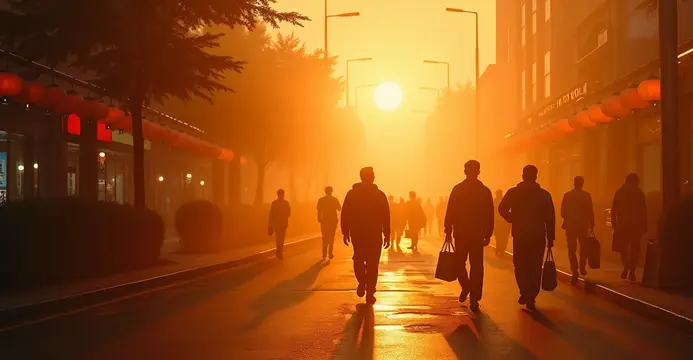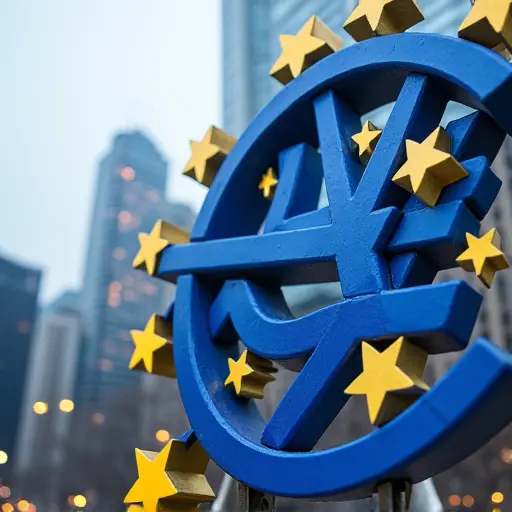
China's Innovative Response to Extreme Heat
Chinese cities are experiencing severe summer heatwaves with temperatures exceeding 40°C. The government promotes both heat protection measures and economic consumption through a growing "cooling economy." This strategy targets goods and services providing heat relief while stimulating domestic spending amid slow economic growth.
Cooling Tourism Initiatives
The China Meteorological Administration and Culture Ministry have developed 16 domestic travel routes based on climate data. The Wuling mountain area offers temperatures 6°C cooler than cities and features activities like canoeing. Visitor numbers continue to rise as urban residents seek respite.
Appliance Sales Surge
Sales of air conditioners, fans, and ice machines have doubled in some regions. A €36 billion government program subsidizes energy-efficient replacements, resulting in 77 million exchanges within five months. Food, beverages, and cooling clothing also show increased demand.
Green Growth Strategy
This cooling economy aligns with China's climate policy combining environmental goals with economic expansion. China leads in solar panels, wind turbines, and EV production. Green industries contributed over 10% to 2024 GDP growth, though cooling initiatives focus primarily on domestic consumption.
Inequality Concerns
Critics highlight accessibility issues as lower-income groups struggle to afford cooling solutions. Delivery workers and factory laborers face extreme heat risks, with reported fatalities from heatstroke. Existing heat compensation regulations often lack enforcement despite occupational hazards.

 Nederlands
Nederlands
 English
English
 French
French
 Deutsch
Deutsch
 Espaniol
Espaniol
 Portugese
Portugese








